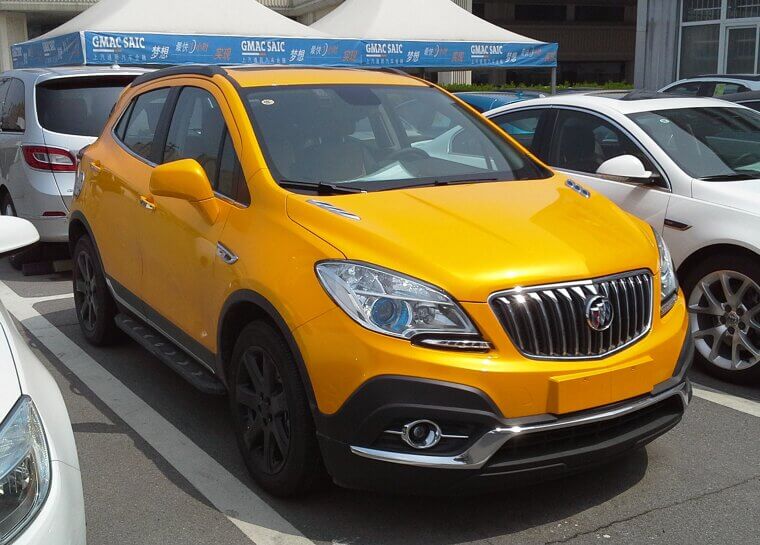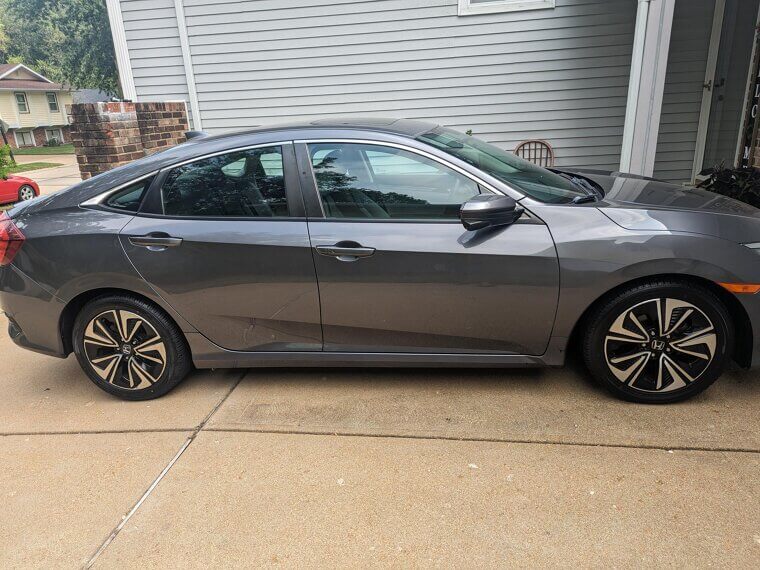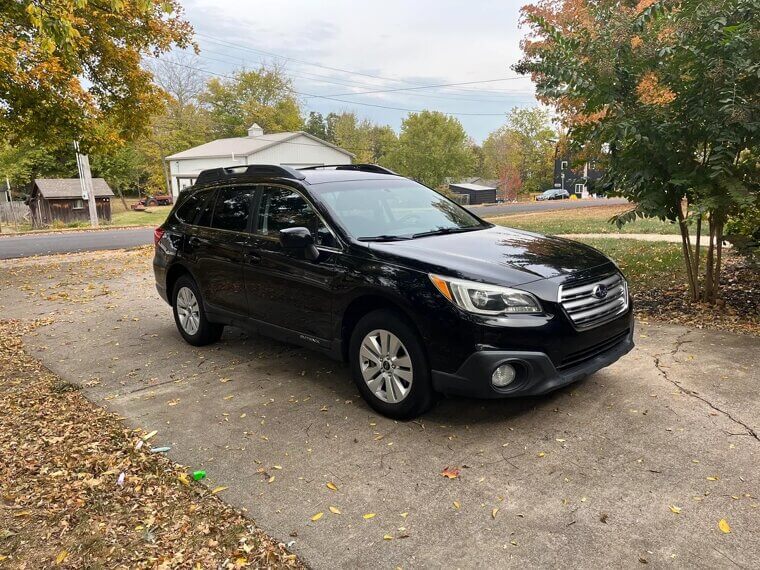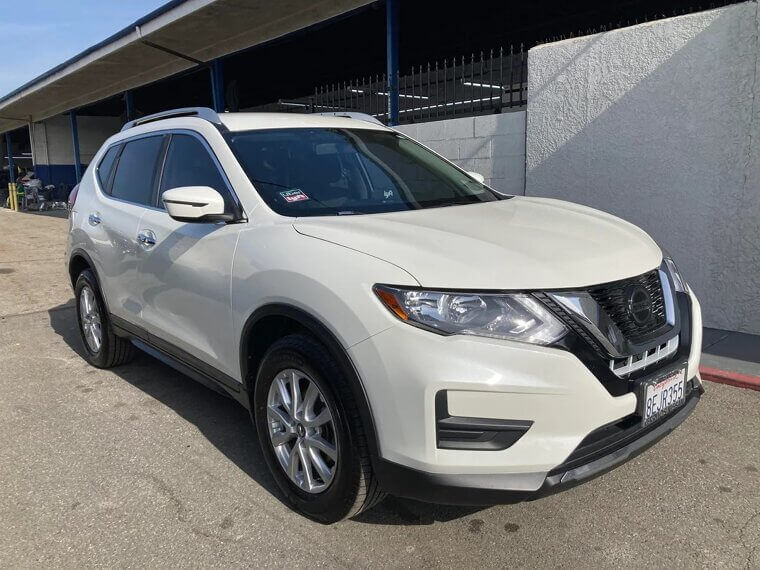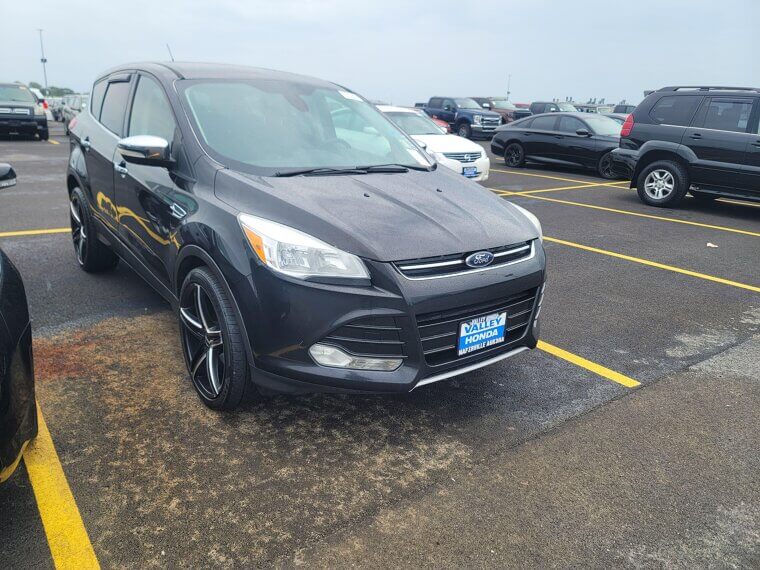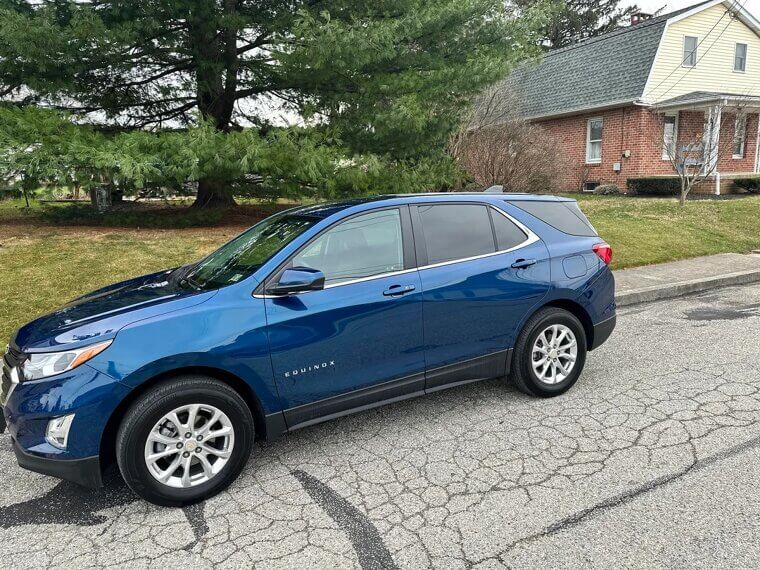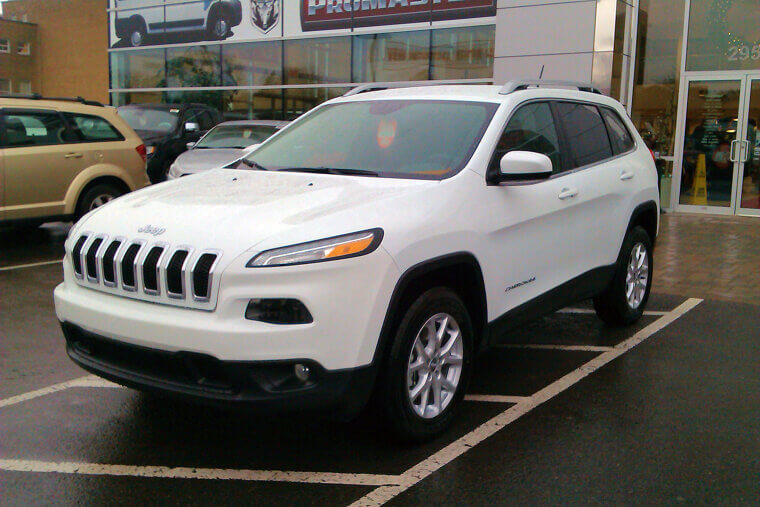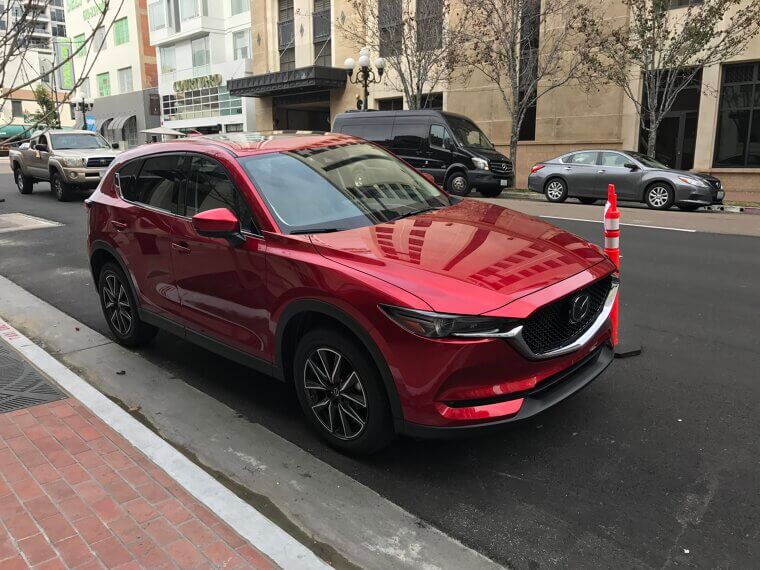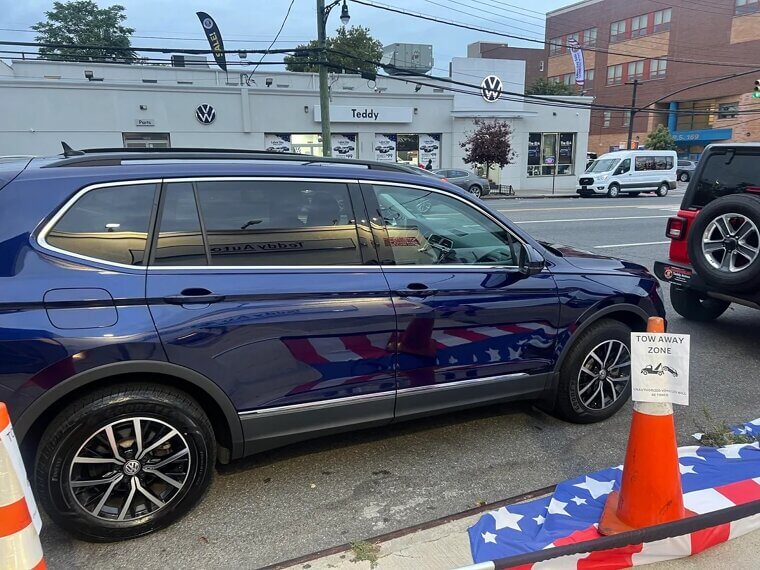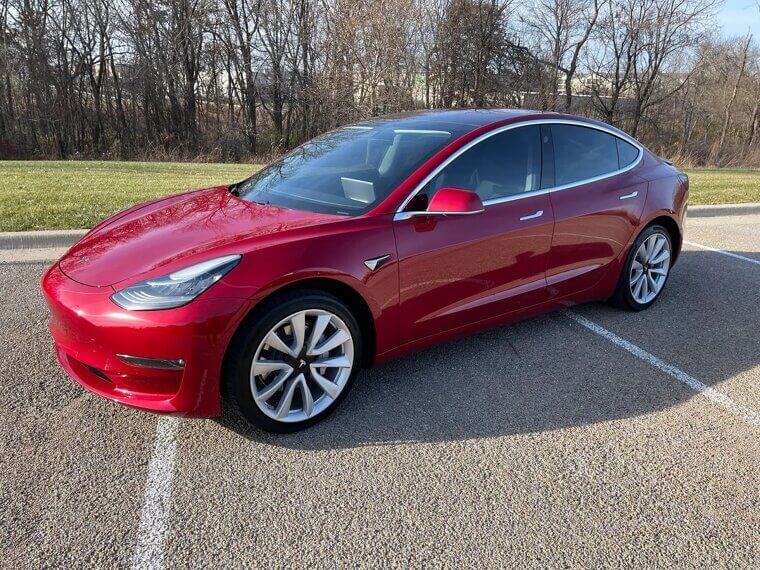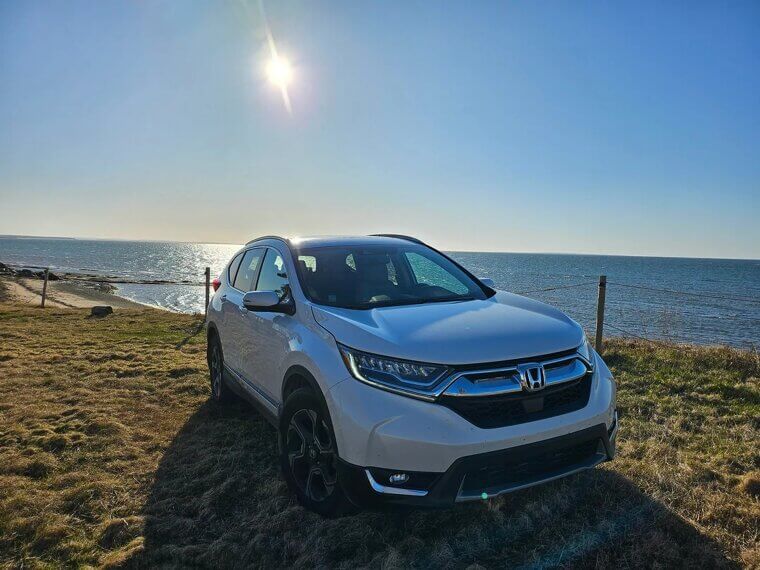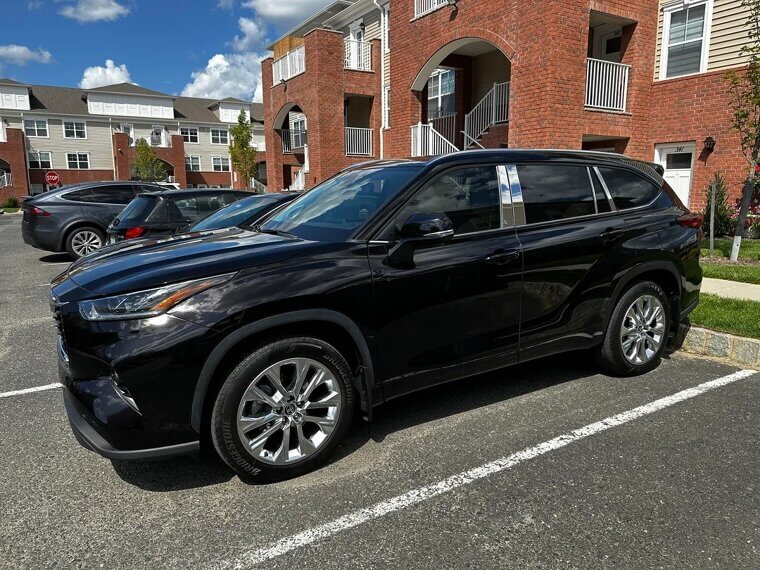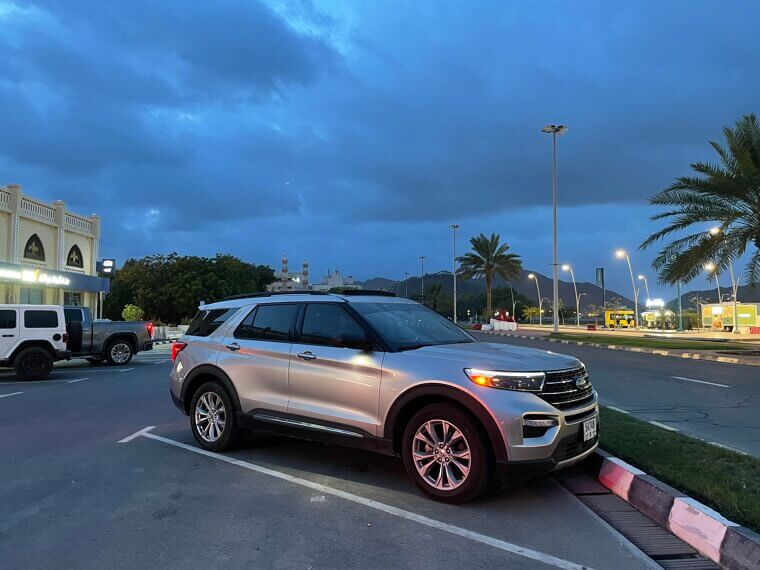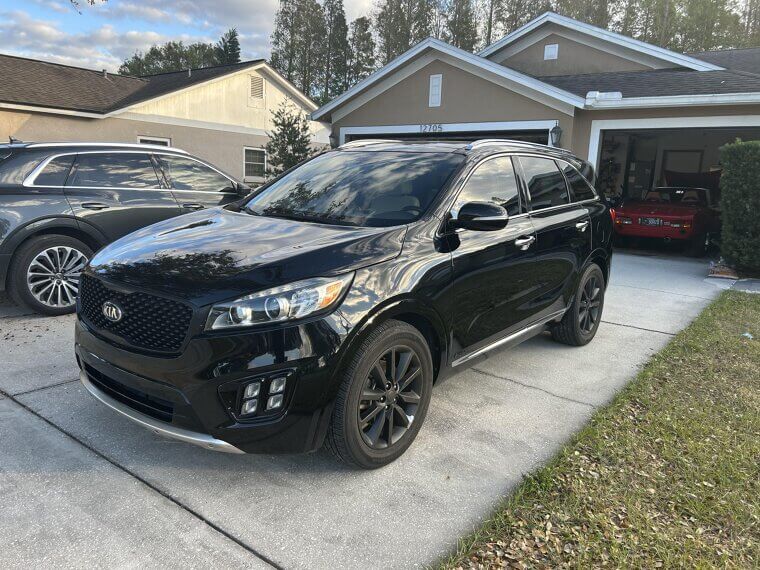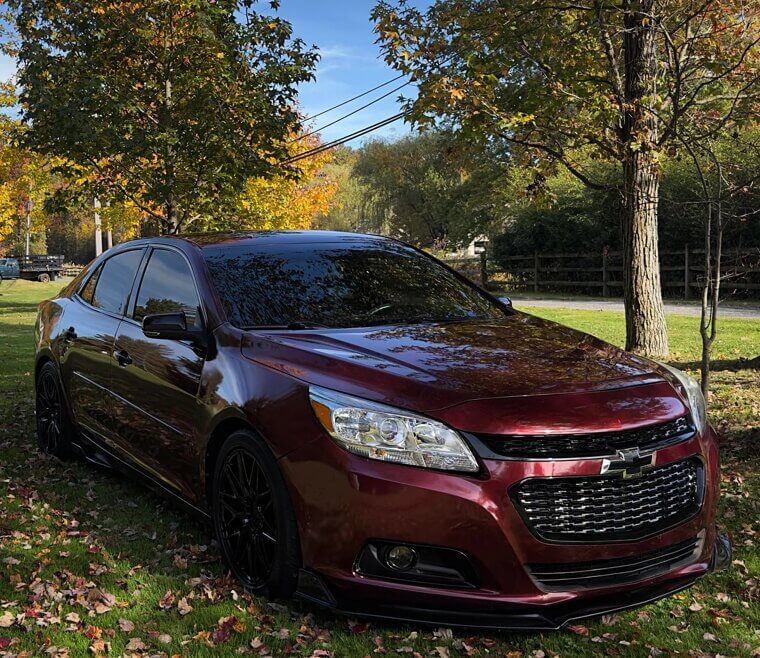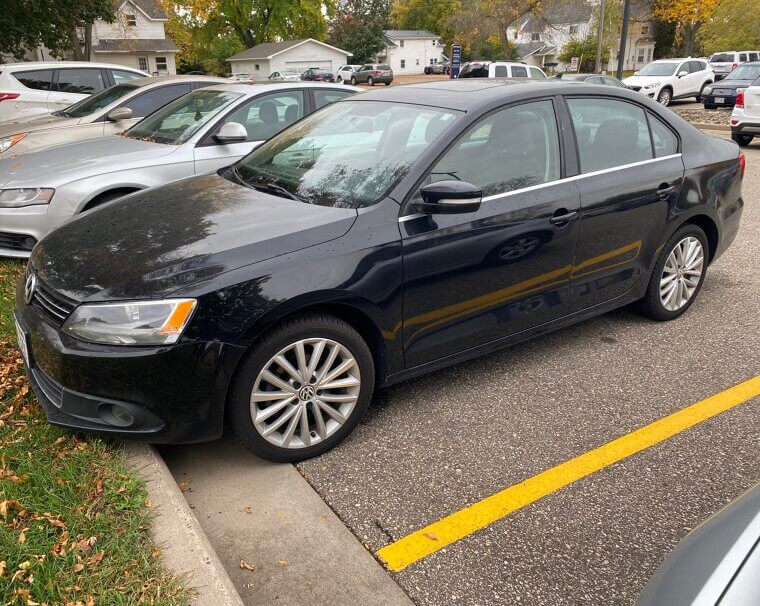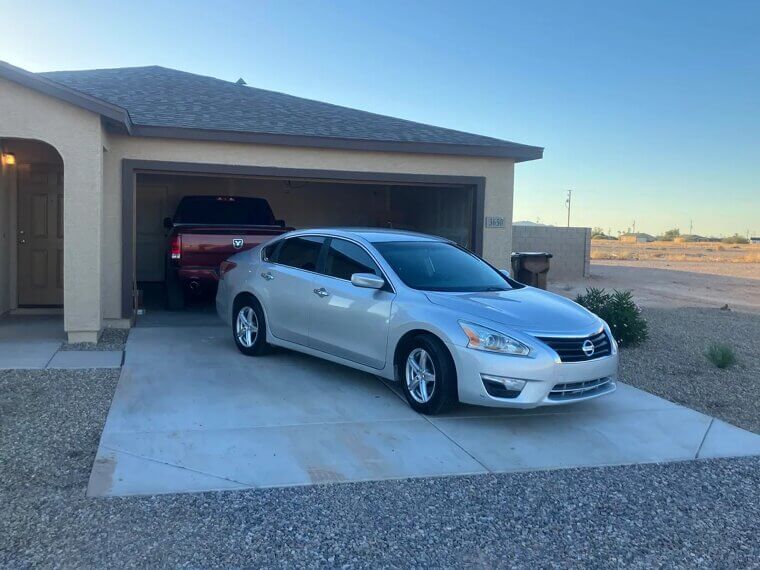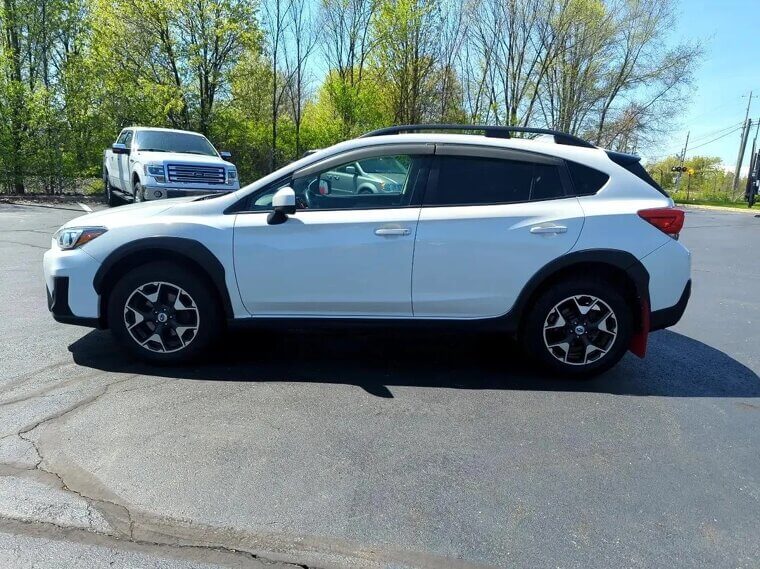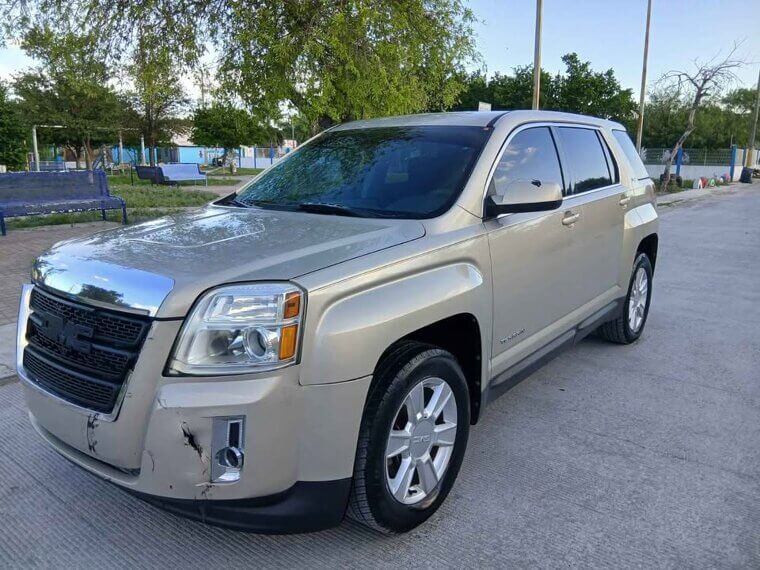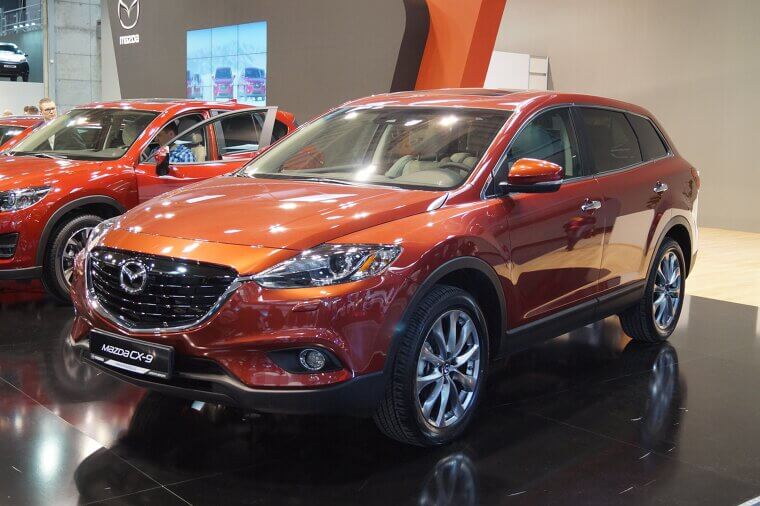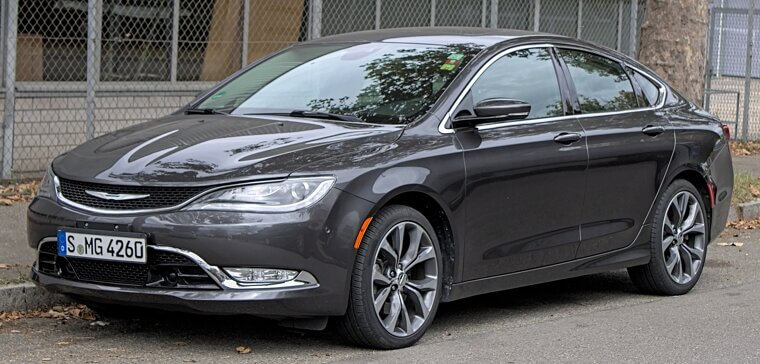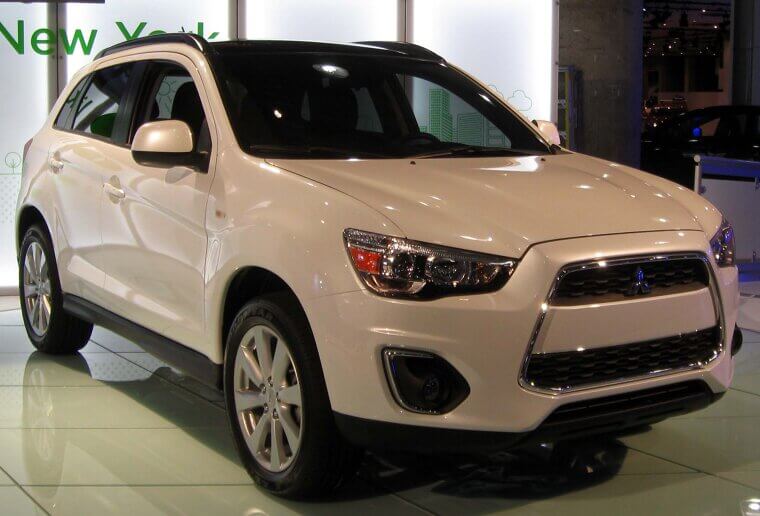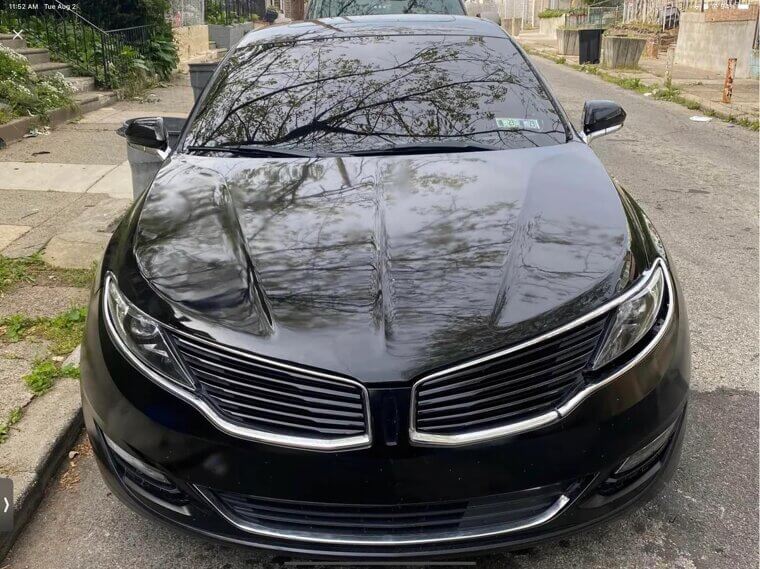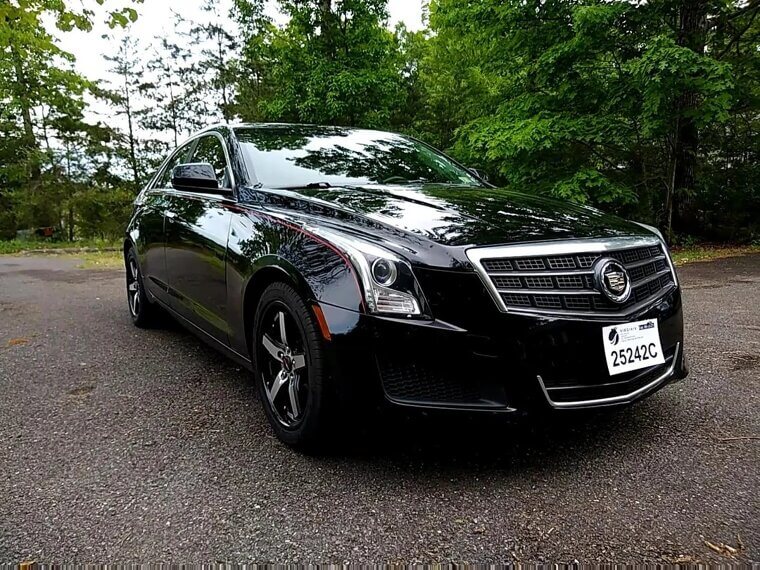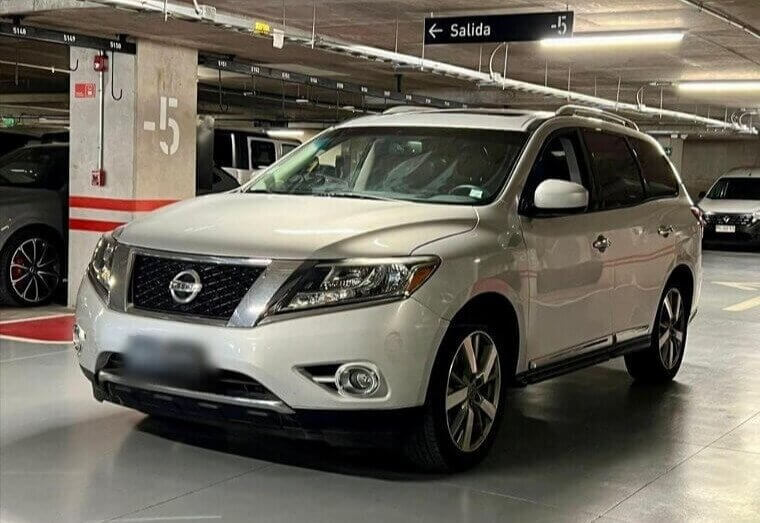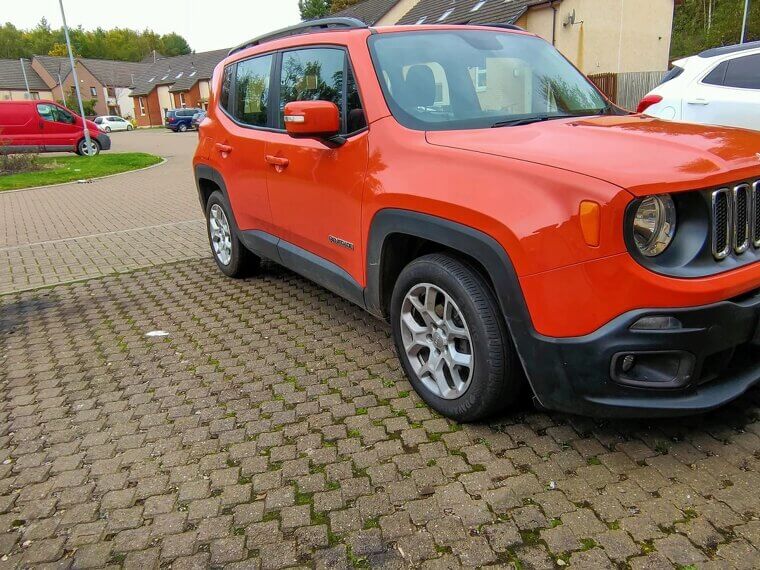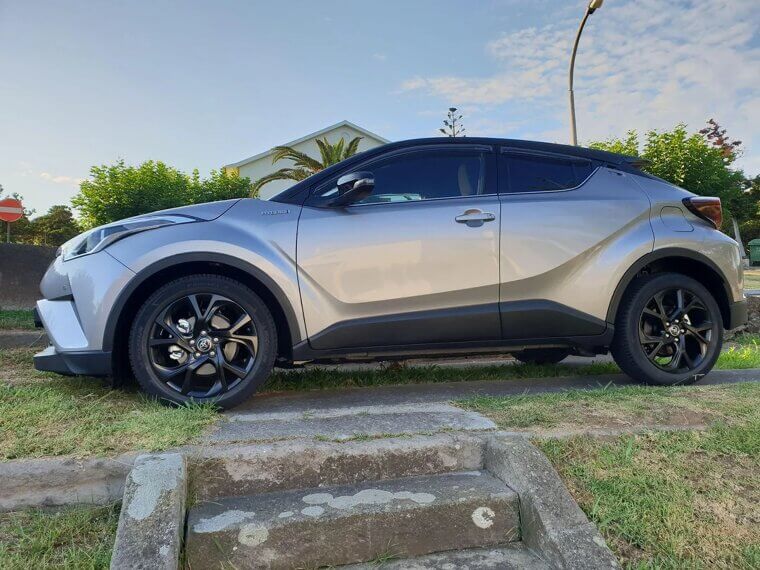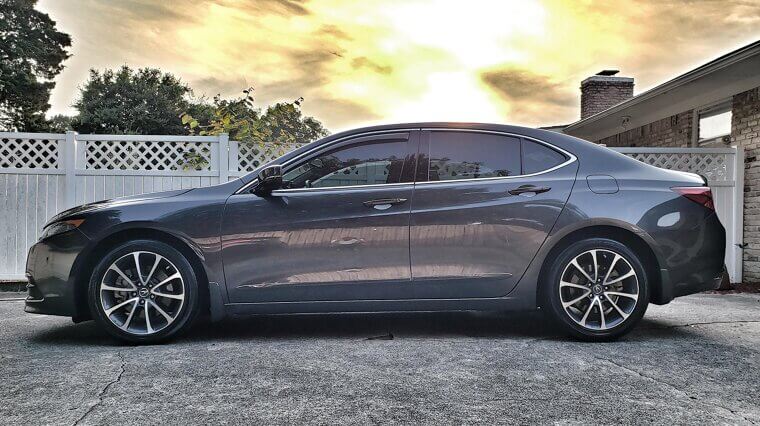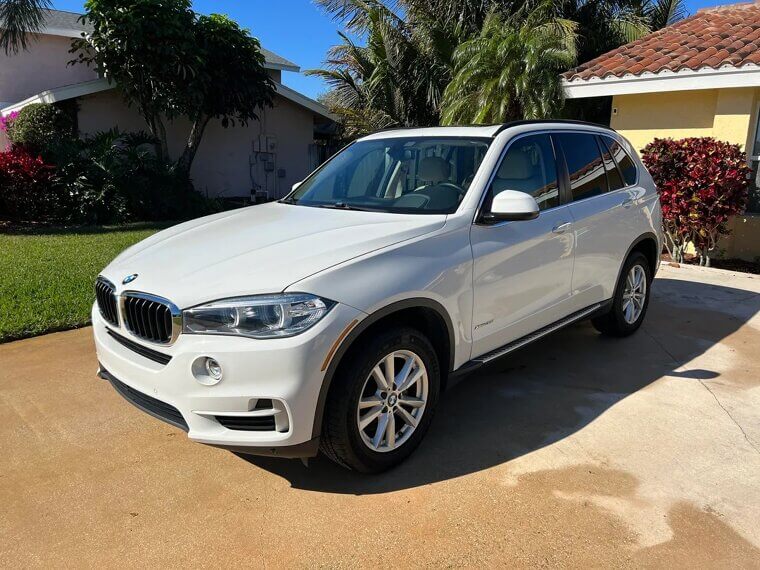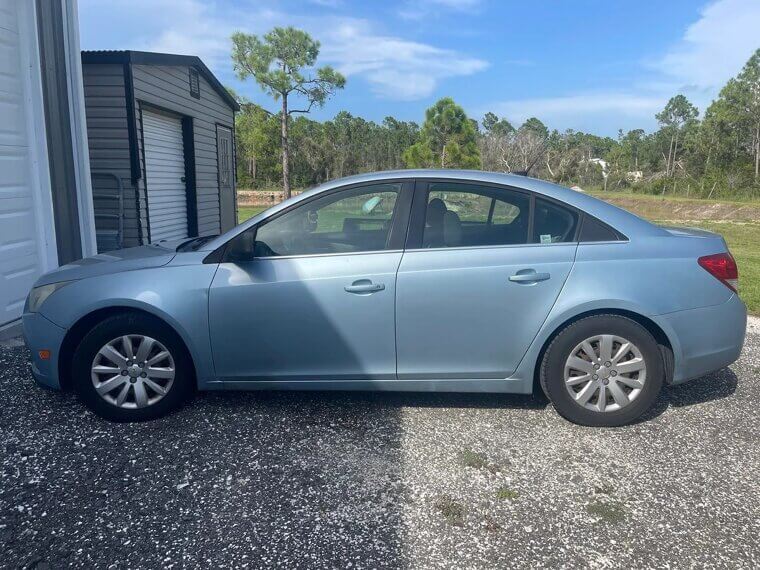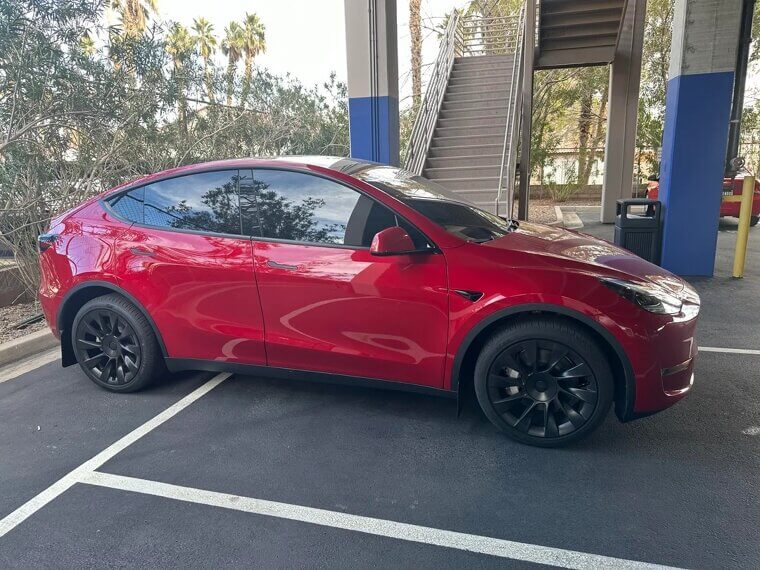Buick Encore (2014–2019)
This tiny crossover tried to blend luxury with practicality, but turbo troubles and weak acceleration made it feel underwhelming. It’s cute and easy to park, but reliability ratings fell short of Buick’s image.
Toyota RAV4 (2019–2021)
People expected the RAV4 to be the latest gem from Toyota, but the redesign for 2019 had more drama than a reality television episode. The transmission issues, loud engines, and poor acceleration made drivers question Toyota's "bulletproof reliability."
Honda Civic (2016–2018)
The Civic was once a symbol of reliability, but in recent years, it’s come with headaches like electrical gremlins, cracked A/C condensers, and information systems that would freeze mid-drive. Owners did not expect tech tantrums from Honda's golden child.
Subaru Outback (2015–2019)
People bought one thinking it would survive an apocalypse, but the Outback's infotainment glitches, oil consumption, and CVT oddities suggested otherwise. It is rugged in spirit, but fragile in execution. In the end, the only thing that lasted was the complaints of owners on Subaru forums.
Nissan Rogue (2014–2018)
Advertised as a practical, easy-going crossover, the Rogue delivered instead transmission failures and premature wear that quickly emptied wallets. It's "reliable" in the sense that it consistently disappointed. At this point, Nissan's CVTs deserve their own horror movie franchise.
Ford Escape (2013–2016)
Ford told buyers they’d get comfort and reliability, not coolant leaks, turbo problems, or a plethora of recalls. For a car named Escape, it had a hard time escaping the mechanic's garage.
Chevrolet Equinox (2018–2021)
The Equinox was meant to be Chevy's consistent, sensible SUV. Instead, this model earned a reputation for oil leaks, engine shutdowns, and quirky electronics. Some owners noted they were using more oil than what a deep fryer would use in a fast-food restaurant.
Jeep Cherokee (2014–2019)
Jeep marketed the Cherokee as the all-terrain family SUV. Unfortunately, owners dealt with transmission jolts, electrical gremlins, and power lift failures that made off-roading look like its least concerning issues.
Mazda CX-5 (2017–2020)
The CX-5 offered distinctive flair, solid comfort, and that classic "Zoom-Zoom" charm. But behind that pretty face lurked fuel system issues and paint quality issues, not to mention the occasional infotainment system freeze.
Hyundai Tucson (2016–2019)
Hyundai received accolades for value, but the engine issues with the Tucson had many people questioning that 10-year warranty. It’s quite unfortunate when engines seize without warning and leave drivers stranded.
Volkswagen Tiguan (2018–2021)
Volkswagen promoted the Tiguan as "German engineering for the everyman." Sadly, the "everyman" dealt with engine misfires, faulty software, and squeaky suspensions. The Tiguan reportedly spent more time on Consumer Reports' "meh" list than at the top of any reliability rankings.
Tesla Model 3 (2018–2022)
The Model 3 revolutionized electric vehicles but ended up reminding everyone it was still a work in progress. Owners complained about door handles that froze shut, blacked-out screens, and panels that were misaligned.
Honda CR-V (2017–2019)
The CR-V is the SUV of choice for suburban crowds. However, models built from 2017 to 2019 had a nasty surprise. Owners complained of fuel mixing with oil due to a fault in the turbo engine. Honda tried to brush off the issue, but drivers were sniffing gas fumes in their cabins.
Toyota Highlander (2020–2022)
Toyota's large family transporter appeared to have all the bases covered until drivers began to notice shuddering transmissions and harsh rides. Some even claimed that the seat comfort was “church pew level.” For a brand that prides itself on smooth sailing, the Highlander’s road manners felt more budget airline than business class.
Ford Explorer (2020–2022)
Ford’s flagship SUV got a total redesign and a total meltdown. Software issues, rattling engines, and rear-view camera failures made early buyers the guinea pigs. In its first year, it racked up 12 recalls. That’s not exploration; that’s exasperation on wheels.
Kia Sorento (2016–2019)
The Sorento looked sharp and promised long-haul dependability, but it came with engine knocking and stalling that no one bargained for. Kia even faced lawsuits over spontaneous engine fires. Hard to feel “sorento-mental” when your SUV’s more flammable than your ex’s mixtape.
Chevrolet Malibu (2016–2020)
The Malibu attempted to appeal to families and commuters as a cool, reliable sedan, but ended up having jagged transmission issues and electrical gremlins. Drivers who wanted a smooth ride were disappointed when all they got was dashboard disco lights.
Volkswagen Jetta (2011–2016)
Volkswagen simplified the Jetta in order to save costs, but people noticed. The interior felt cheap, and the reliability dropped drastically, with failing fuel systems and inconsistent electronics. It used to be the thinking driver’s car, but this version felt more like a midterm project that never quite got finished.
Nissan Altima (2013–2018)
The Altima was once a dependable sedan, but CVT breakdowns and steering problems have stopped its run. Drivers noted jerky acceleration and sudden stalling that didn’t feel good. The Altima is spacious and efficient, but the drama under the hood makes it a risky daily driver.
Subaru Crosstrek (2018–2021)
This small crossover is adored by Subaru fans, though many criticized its weak acceleration and transmission jitters. The reliability ratings also dropped a little due to stalling issues and software bugs. The Crosstrek is cute and well-suited for snowy regions, but it sometimes struggles when it comes to long-term reliability.
GMC Terrain (2012–2017)
The Terrain appeared tough and trustworthy, but its 2.4-litre engine burned oil like a campfire. Drivers usually learned about the problem only after the check engine light begged for mercy. With poor fuel economy compared to rivals, it’s one SUV that taught buyers to always read the fine print on “durability.”
Mazda CX-9 (2010–2015)
Mazda enthusiasts anticipated sporty reliability, but the early models of the CX-9 experienced brake booster failures and water pump issues that resulted in engine problems. The car has a stylish exterior, and it’s delightful to drive, but the repairs were so pricey that owning the car became a chore.
Chrysler 200 (2015–2017)
The Chrysler 200 arrived looking sharp and confident, like it was ready to take on the world. Then the transmission started acting up, turning smooth drives into jerky surprises. Add in a cramped interior and spotty reliability, and it’s no wonder Chrysler pulled the plug early.
Mitsubishi Outlander Sport (2013–2018)
The name promised adventure, but this crossover was more “meh” than mountain-ready. Sluggish acceleration, loud cabins, and cheap interiors disappointed buyers who wanted excitement and reliability. Mitsubishi’s long warranty softened the blow, but no one wants to use it that often. The only sport here was patience.
Lincoln MKZ (2013–2016)
With its sleek design and tech-loaded cabin, the MKZ looked like the future of American luxury. Then came issues with electronics, steering, and powertrains. Fancy gadgets are great until your push-button shifter decides to play hide-and-seek. It’s luxury with attitude, just not the reliable kind Lincoln was going for.
Cadillac ATS (2013–2018)
Cadillac wanted the ATS to challenge BMW’s 3-Series, but constant electrical problems and finicky transmissions held it back. It looked every bit the part of a luxury sports sedan, but often behaved like it skipped breakfast.
Nissan Pathfinder (2013–2016)
Pathfinder owners expected an adventurous family hauler. What they got were transmission failures and software bugs galore. Some models even shuddered at stoplights like they were nervous to move. Nissan later admitted issues with the CVT design, proving that reliability can wander off the path pretty fast.
Jeep Renegade (2015–2019)
It looked like a cute, compact adventurer, but the Renegade turned out to be more trouble than fun. Transmission woes, electrical glitches, and sensors that couldn’t decide what worked left owners frustrated. Jeep’s smallest SUV proved that being quirky doesn’t always make you dependable; it just makes repairs more interesting.
Toyota C-HR (2018–2022)
The C-HR looked funky and promised Toyota-level dependability, but owners quickly learned that style doesn’t fix sluggish performance or cramped rear seats. The ride felt firm, the visibility was awful, and the CVT made highway driving a chore.
Acura TLX (2015–2017)
Acura promised sporty luxury and Honda-grade reliability. Instead, the TLX suffered from jerky transmissions, tech malfunctions, and powertrain hiccups. It handled well but struggled to live up to its dependable reputation. It’s the car equivalent of a straight-A student who suddenly forgets how to do basic math.
Jeep Compass (2011–2016)
The Compass was supposed to lead Jeep into small SUV glory. Instead, it got lost with weak engines, cheap interiors, and endless recalls. It looked adventurous, but its biggest challenge was surviving a normal commute without lighting up the dashboard like a Christmas tree.
BMW X5 (2011–2015)
Luxury SUVs are supposed to balance comfort and reliability, but this X5 preferred expensive drama. Oil leaks, electrical failures, and suspension problems were common. It handled beautifully when it worked, but maintenance costs could rival rent.
Chevrolet Cruze (2011–2016)
Chevy’s compact darling had big promises and small issues that turned major fast. From coolant leaks to engine stalls, reliability wasn’t its strong suit. It was fuel-efficient and comfy, but many owners spent their savings from gas money on repairs instead. That’s irony with a side of frustration.
Tesla Model S (2013–2018)
The Model S looked like the future, and in many ways, it was. But behind the sleek screens came battery degradation, alignment issues, and quirky build quality. Early owners played beta testers for luxury tech. It’s thrilling to drive and even more thrilling when everything actually works at once.

